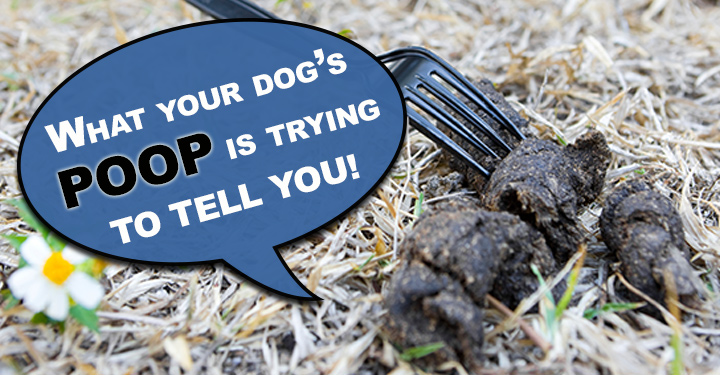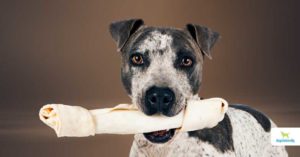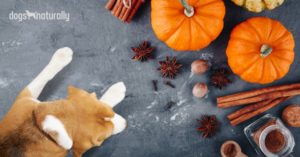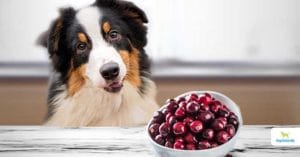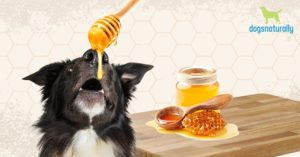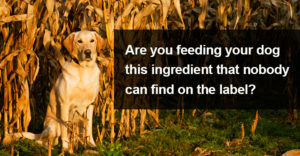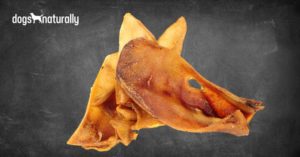Those who already feed a raw, natural diet will be well aware of the numerous benefits of feeding as Mother Nature intended but many non-raw feeders may not be aware of one major plus to feeding a biologically appropriate diet: much less poo!
Yes, really!
Many commercial canned or dried foods contain an often significant amount of fillers and carbohydrates – some as much as 70%. Dogs are generally held to be carnivores, given their teeth, digestive systems and behavior (although this is a fiercely contested issue between vets, raw feeders and pet food companies) and most raw feeders agree that dogs are simply not designed to eat or process carbohydrates. I frequently tell dog owners that if their beloved pet ran off today, he or she would not be found grazing the wheat fields, but chasing the rabbits.
(This is not to say dogs cannot eat carbohydrates – whose puppies do not love to crunch a carrot or piece of sweet potato? – but those carbs are not nutritionally required for a healthy life.)
Many dog food companies pack their products with carbs because they are usually cheap, last a very long time on the shelf and help bind their other kibble ingredients together. But, given that our dogs do not possess the digestive system or enzymes necessary to process these carbohydrates, feeding a diet packed with grains, rice or potatoes can have a number of serious repercussions:
- Feeding too many carbohydrates can result in the exacerbation of yeast issues, such as itchy feet and ear infections
- Starchy carbohydrates stick to the animal’s teeth, causing plaque and tartar (the dog’s natural enzymes are unable to keep the teeth clean from carbs, unlike when fed a raw diet)
- Cancers feed on sugars found in carbohydrates
- And finally, (and some might say most importantly), if the dog cannot fully process the food it is fed, it is wasted, and becomes poo – lots and lots of poo!
Ever been to a dog show and noticed a poor dog being dragged on a lead whilst leaving behind a very large, very smelly, very runny strip of poo?
Who hasn’t felt that pang of sympathy for the dog’s poor owner, trying to scrape up a small lake of soupy waste with one hand in a hastily found grocery bag, whilst with the other hand trying to control their dog? I guarantee you that somewhere in the crowd watching this cringeworthy spectacle is a group of raw feeders, knowingly nodding at each other, saying,
That’s not a raw fed dog!
For those who don’t know, the waste of a raw fed dog is usually much firmer, smaller, less smelly and generally easier to pick up as a result. The reason why is simple: because the dog hasn’t eaten anything it cannot process or the body cannot use, there is very little wasted, resulting in very little waste.
The Experiment …
Someone I know once carried out a simple experiment. Personally I think she just had way too much time on her hands, but I have to applaud her efforts in the name of science! She weighed the dried food she was currently feeding her dog, and then weighed what came out the other end. She repeated that experiment for a number of days before changing her dog’s diet to a pre-made commercial raw diet, and then carried out the same procedure.
The results made for a very interesting discussion, and one which I have often now repeated to encourage others to switch their dog’s diet.
On a dried food, it turned out that her poor dog was excreting up to 70% of the ingredients which it had eaten the previous day. Just imagine going into your local pet shop and buying a huge bag labelled “dog food”, only to find that it contained 70% dog poo – which you then had to dispose of. You wouldn’t do it would you? It is a complete waste of your hard earned money.
Many already complain about the cost of feeding their dog – imagine the realization that 70% of that money spent could just be taken straight from your wallet, wrapped in a poo bag and chucked in to a landfill site!
Find out more about your dog’s digestion, click here!
After the change to a more species appropriate, raw diet, the percentage of waste excreted by this canine test subject plummeted to 30% – and most of that was undigested bone.
It may not sound a huge amount, but that 40% difference can be extremely noteworthy, especially for those with larger dogs. It can mean the difference between struggling with a shopping bag and a tiny plastic bag….
Think about it – how much poo can you hold in one hand?
Let’s be honest, no one likes picking up dog waste, and we’re all a bit icky about handling that warm soft package our pets leave us on a daily basis, even if our hands are safely wrapped in layers and further layers of poo bags. It’s a chore we put up with because its the right thing to do, a very minor downside to the otherwise joyful life-changing experience that is being the guardian of a dog.
But – there are serious issues with dog waste about which every dog owner should be aware, no matter what diet you choose to feed:
- Did you know that the US Environmental Protection Agency (EPA) classifies dog waste in the same category as oil spills? It is actually considered a major pollutant. To quote the EPA website: “Pet waste carries bacteria, viruses, and parasites that can threaten the health of humans and wildlife. Pet waste also contains nutrients that promote weed and algae growth (eutrophication). Cloudy and green, eutrophic water makes swimming and recreation unappealing or even unhealthy.”
- American dogs alone create more than 10,000,000 tons of waste per year.
- It has been estimated that a single gram of dog waste can contain 23 million fecal coliform bacteria, which are known to cause cramps, diarrhea, intestinal illness, and serious kidney disorders in humans. It can also contain campylobacteriosis, E.coli, giardia, parvo, tapeworms, roundworms, salmonella and coccidia. Unless scooped up, some of these bacteria can hang around in the soil for years…..
- Waste water treatment facilities are usually unable to filter bacteria from dog poo. Therefore don’t flush it!
- Dog waste is also a known major contaminant of our water – once washed from your lawn or yard into the water system, the waste breaks down releasing ammonia and bacteria which use up the oxygen in the water causing damage to fish and other wildlife – and making water unsafe for recreational use.
- 20% to 30% of the bacteria in random water samples have been shown to have originated from dog waste!
- According to the EPA, two to three days of dog poo from 100 dogs has sufficient nasties to close a 20 mile stretch of coastline to swimming or the harvesting of shellfish. (Anyone else never eating clams again?)
- A study of air samples in Cleveland, Ohio and Detroit, Michigan found that 10-50% of the bacteria in the air came from dog poo. I doubt they put that in their tourism leaflets.
So, next time, you’re at the dog park:
- don’t leave it for someone else to pick up. If it’s your dog, it’s your poo too. Contrary to popular belief in some areas, the Dog Poo Fairy does not exist.
- always carry at least two poo bags with you. You know that little poo machine on the end of your lead is more than capable of doing it at least twice on a walk, usually in the middle of crossing the road if anything like my Maggie, or you may just be able to help out another dog owner caught short. I’ve lost count of the number of times I had to go in to a store to beg a second plastic bag because one of my dogs has left a parcel on the pavement outside. It is mortifying – especially if it’s one of the posher designer clothes stores. I once had to shut my dog’s lead in the door of such a store (dogs were not allowed inside) with the dog on one side and me on the other, whilst trying explaining to very a snooty assistant across the shop floor that I needed one of their expensive cardboard bags to pick up my dog’s poo – and I did not want to buy anything.… No more, however. I now often look like a hobo with plastic bags overflowing from every pocket, but better safe than sorry!
- don’t flush it. Our water treatment systems are designed for us, not your dog. Poo is biodegradable, after all, no matter what you feed your dog – so a landfill site is ultimately the best place for it.
- once you’ve conscientiously scooped your poo in your poo bag, put it in a bin! Do not hang it on a nearby bush. Nothing spoils a lovely walk more than having to stroll through a lane decorated with colorful bags of dog waste hanging in the trees.
- if you find you’re picking up more than a handful, or it runs through holes in the bag, its time to consider changing your dog’s diet. Although it is frequently said that “you only get out of something what you are prepared to put in,” the converse is true when discussing the subject of poo – put the right stuff in (species appropriate, natural food) and you get (almost) nothing out! You’ll not only be doing yourself and your wallet a huge favor, but also your dog and the environment.

